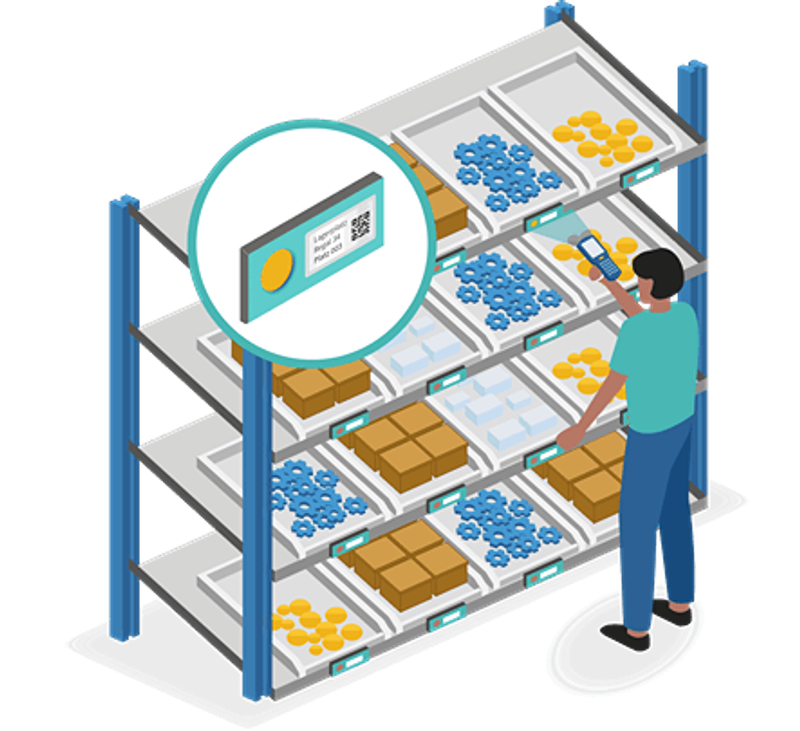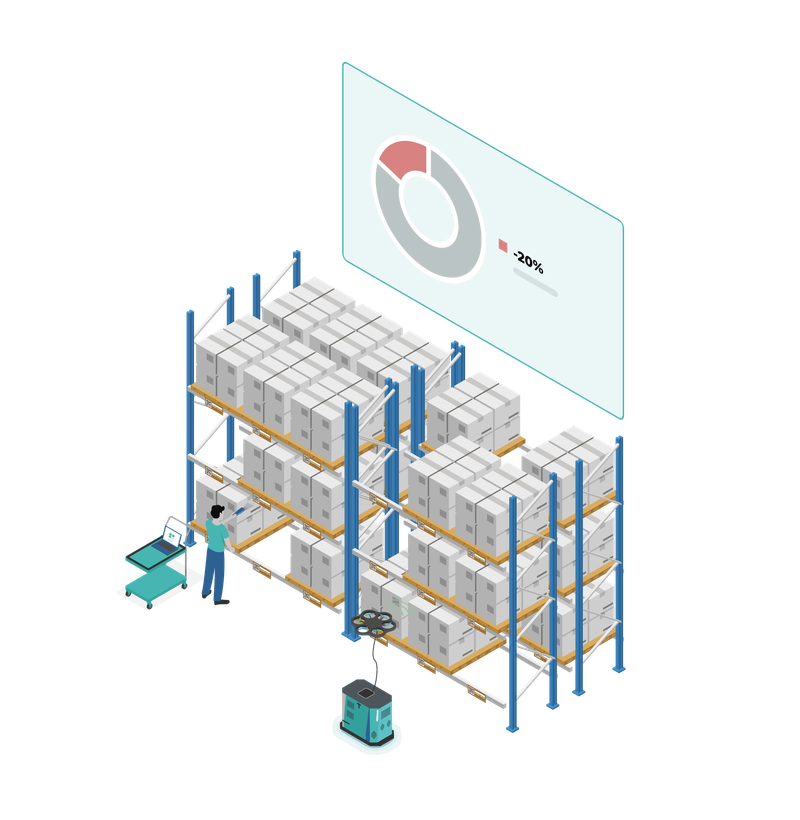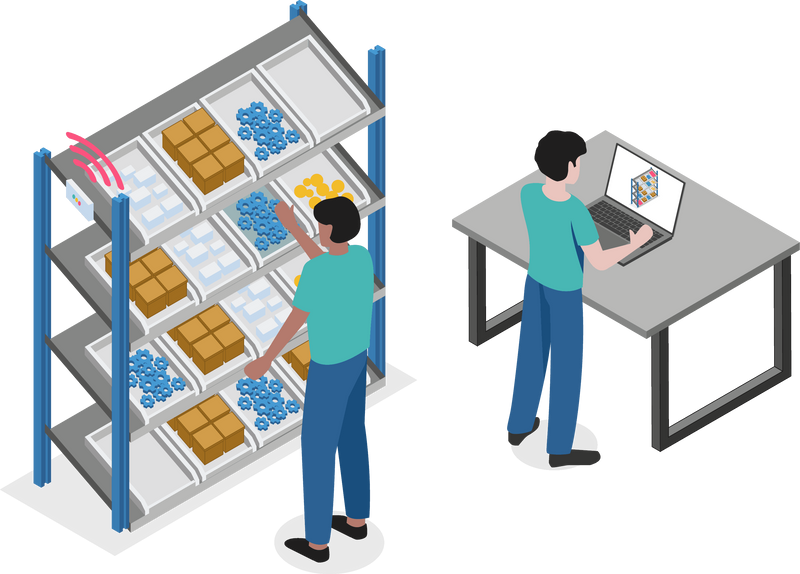Efficient storage space monitoring in the warehouse
Modern warehouse logistics relies on automated systems to monitor storage locations in order to optimize transparency, space utilization and material flow. Storage space monitoring is primarily used to reliably and precisely record the occupancy status of storage spaces. This ensures efficient use of warehouse capacity and storage and retrieval processes, as well as replenishment control, can be carried out much faster. Various technologies are used: distance sensors record occupancy to the centimetre, camera systems analyse visual data (AI-supported), RFID and barcode systems automatically document movements, and IoT solutions enable real-time visualization via cloud platforms. In addition, pressure sensors or drones, for example, provide flexible recording options - depending on the warehouse structure and degree of automation. The mounting for storage space monitoring can be carried out via the ceiling above the storage spaces, shelves or walls, as well as via mobile carriers or integration into the shelves. The choice of the right solution depends on the individual requirements in terms of precision, scalability and integration into existing processes.



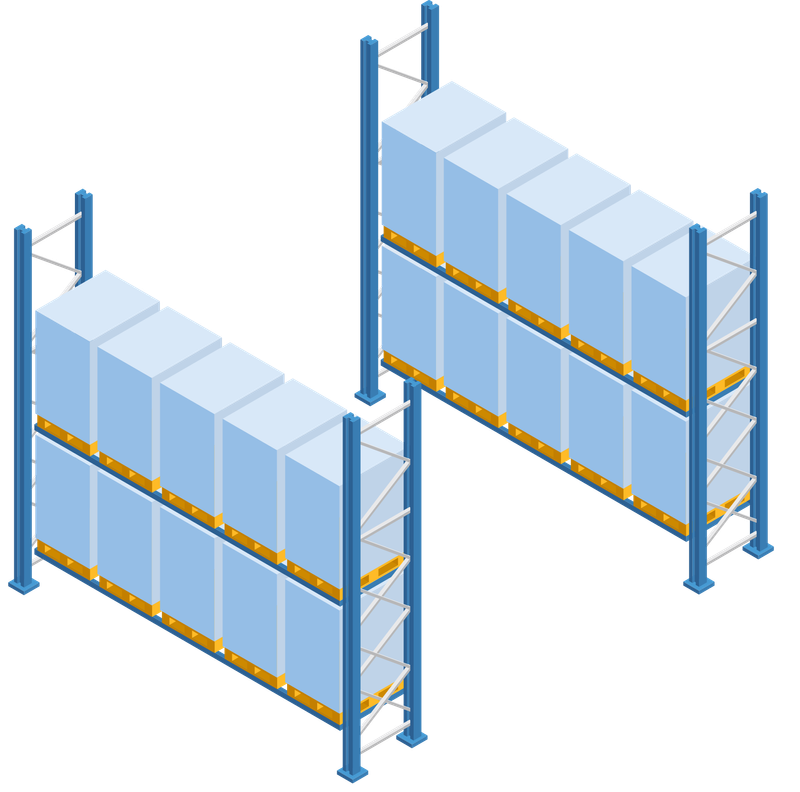
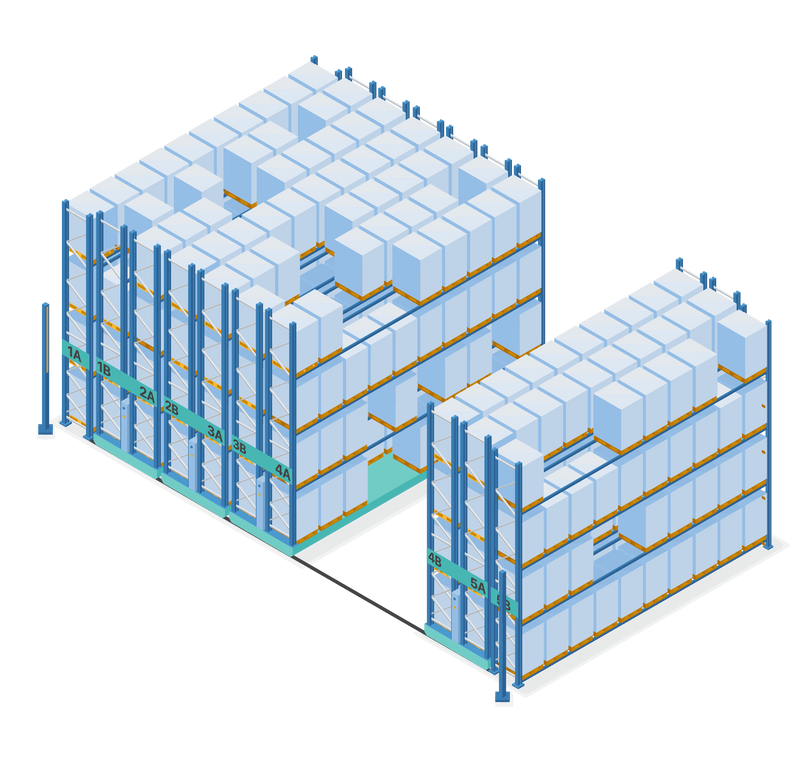
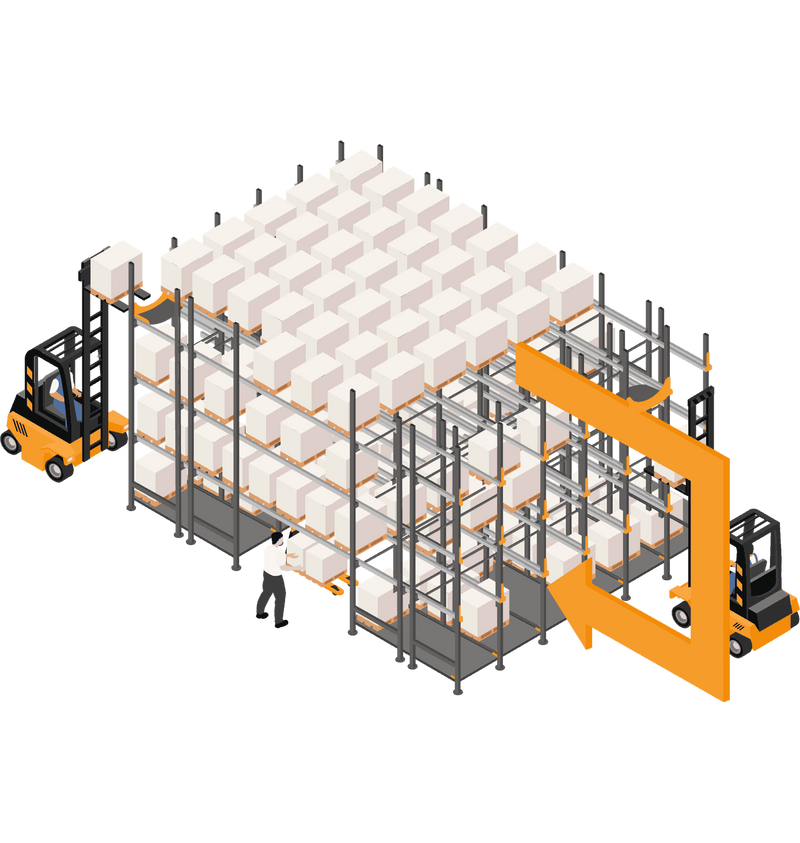
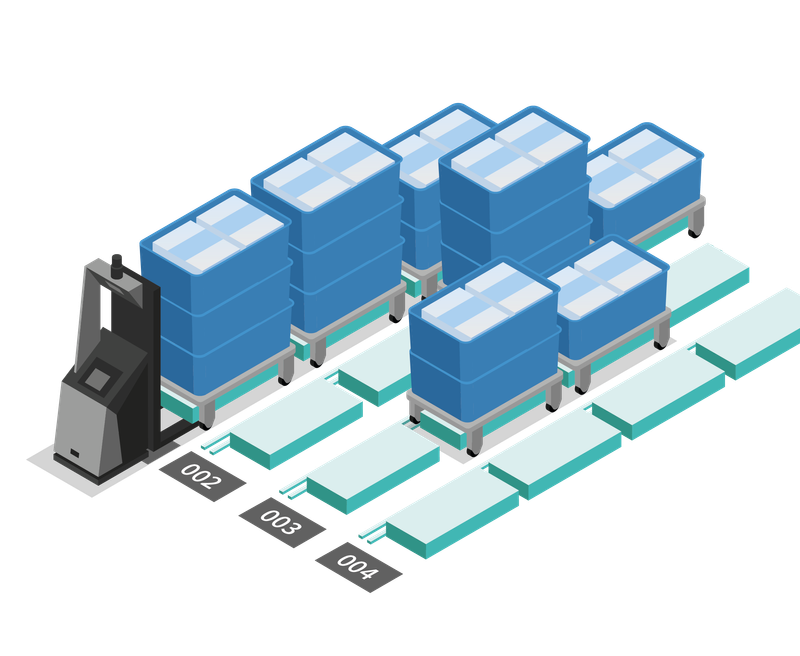
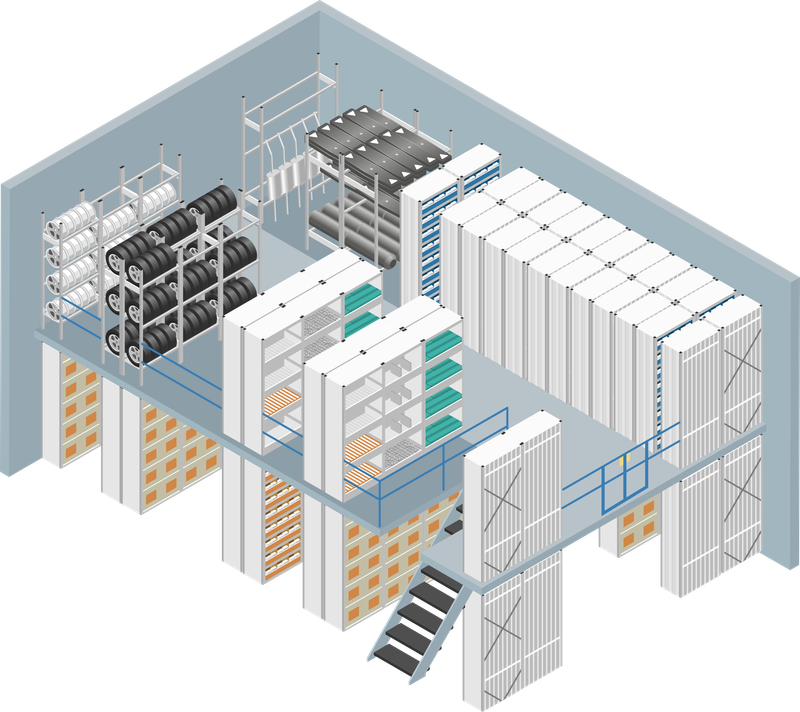
-800x800.png)
-800x800.png)

